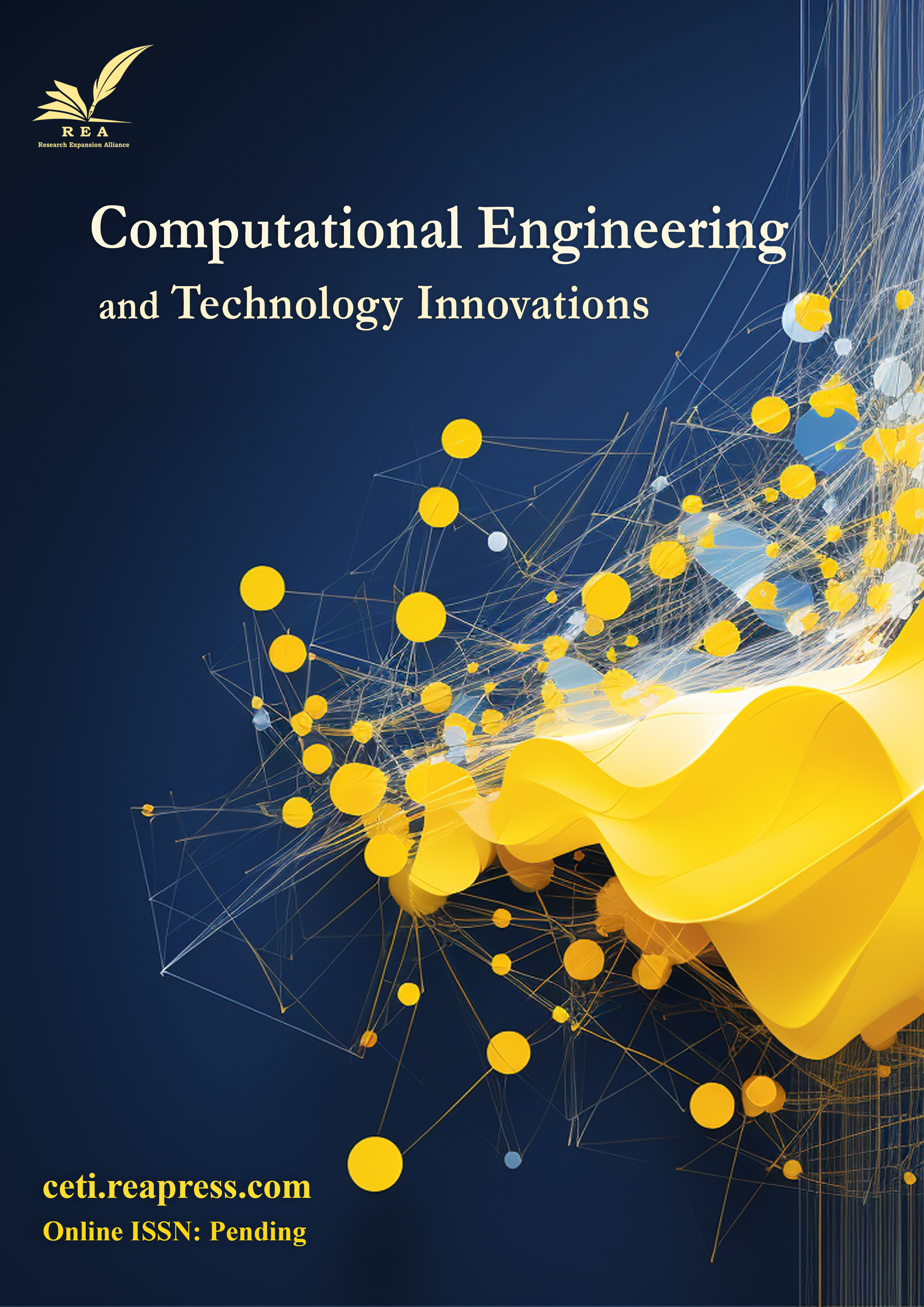Real-Time Facial Emotion Recognition: Insights and Comparative Analysis
Abstract
Facial emotion recognition is very useful these days and has various applications in product feedback, virtual assistants, safe and personalized cars, video game testing, monitoring expressions in an interview, law enforcement, surveillance, and monitoring. The orientation, position, and movement of the various facial muscles near the eyes, lips, nose, and chin are among the factors that affect a real-time emotion. To identify the facial emotion, it typically requires the feature extractor to detect the feature, and the trained classifier produces the label based on the feature. This paper discusses and compares various real-time methods for detecting facial expressions, taking into account a number of factors such as false negative rate, recall, precision, accuracy, false positive rate, specificity, etc. The results are produced after training the model on images of seven basic emotions (happy, sad, angry, surprised, disgusted, neutral, and fearful) in the dataset.
Keywords:
Emotion recognition, CNN, AlexNet, HOG-ESR, Affdex CNN, SVM of HOGReferences
- [1] Kartali, A., Roglić, M., Barjaktarović, M., Đurić-Jovičić, M., & Janković, M. M. (2018). Real-time algorithms for facial emotion recognition: a comparison of different approaches. 2018 14th symposium on neural networks and applications (Neurel) (pp. 1–4). IEEE. https://doi.org/10.1109/NEUREL.2018.8587011
- [2] De, A., & Saha, A. (2015). A comparative study on different approaches of real time human emotion recognition based on facial expression detection. 2015 international conference on advances in computer engineering and applications (pp. 483–487). IEEE. https://doi.org/10.1109/ICACEA.2015.7164792
- [3] Murugappan M., & Mutawa A. (2021). Facial geometric feature extraction based emotional expression classification using machine learning algorithms. PLOS one, 16(2), e0247131. https://doi.org/10.1371/journal.pone.0247131
- [4] Lee, S., & Park, H. (2023). Effect of optimization techniques on feedback alignment learning of neural networks. 2023 international conference on artificial intelligence in information and communication (ICAIIC) (pp. 227–231). IEEE. https://doi.org/10.1109/ICAIIC57133.2023.10067047
- [5] Zhao, H., Wang, Q., Jia, Z., Chen, Y., & Zhang, J. (2021). Bayesian based facial expression recognition transformer model in uncertainty. 2021 international conference on digital society and intelligent systems (DSINS) (pp. 157–161). IEEE. https://doi.org/10.1109/DSInS54396.2021.9670628
- [6] Zhao, Y., & Chen, D. (2022). Expression recognition using improved alexnet network in robot intelligent interactive system. Journal of robotics, 2022(1), 4969883. https://doi.org/10.1155/2022/4969883
- [7] Zhong, Y., Sun, L., Ge, C., & Fan, H. (2021). HOG-ESRs face emotion recognition algorithm based on HOG feature and ESRs method. Symmetry, 13(2). https://doi.org/10.3390/sym13020228
- [8] Singh S., Singh D., Y. V. (2020). Face recognition using HOG feature Extraction and SVM Classifier. International journal of emerging trends in engineering research, 8(9). https://doi.org/10.30534/ijeter/2020/244892020
- [9] Talegaonkar, I., Joshi, K., Valunj, S., Kohok, R., & Kulkarni, A. (2019). Real Time facial expression recognition using deep learning. Proceedings of international conference on communication and information processing (ICCIP). https://dx.doi.org/10.2139/ssrn.3421486
- [10] Sujanaa, J., Palanivel, S., & Balasubramanian, M. (2021). Emotion recognition using support vector machine and one-dimensional convolutional neural network. Multimedia tools and applications, 80(18), 27171–27185. https://doi.org/10.1007/s11042-021-11041-5
- [11] Zhao, Y., Yang, J., Du, J., Chen, Z., & Yang, W.-C. (2021). A lightweight classifier for facial expression recognition based on evolutionary svm ensembles. 2021 6th international conference for convergence in technology (I2CT) (pp. 1–9). IEEE. https://doi.org/10.1109/I2CT51068.2021.9417940


